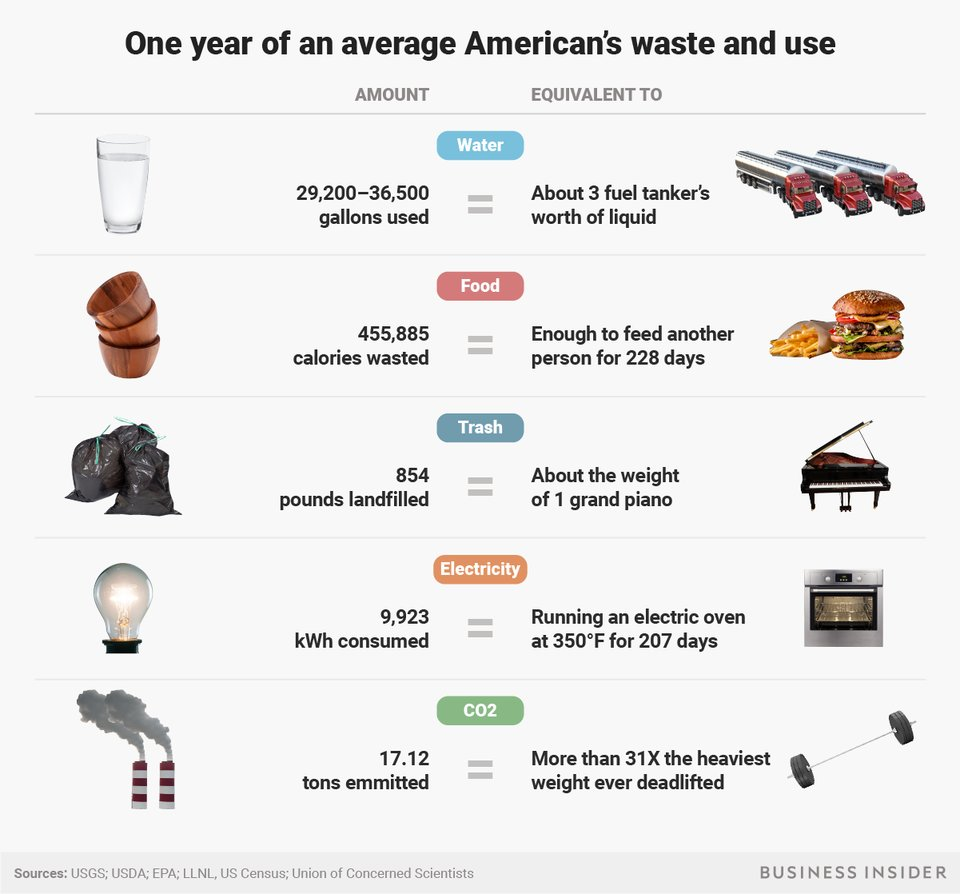It is not always so obvious why new services such as AT&T Watch, a $15-a-month streaming service, is so fundamental for mobile operators and retail- and consumer-focused telecom service providers.
The fundamental problem is that the core business model--connectivity services--is incapable of driving future revenue growth. In fact, we are likely to see an actual erosion of such revenue in developed and developing markets, sometime within the next five to 10 years.
Terminal decline is the phrase the Economist Intelligence Unit uses to describe the fixed network telecom business. Harsh words, perhaps, but instructive if one honestly has to assess the direction of public policy about fixed telecom networks.
It is too early to use that term for the mobile business, which continues to grow, globally, even if the business is mature in developed markets.
Still, developed market revenue trends have been dipping since 2008, for example, according to the Organization for Economic Cooperation and Development.
source: OECD
So movement into new value-generating lines of business--beyond connectivity--is essential, to replace lost core revenues. In the consumer services space, video entertainment has been the latest new service to offset declining voice and messaging revenues, and slowing internet access account growth in developed markets.
In developing markets, subscription growth has slowed, but not abated, and mobile internet access growth is nascent and growing. Still, eventually subscription growth will stop, and adoption of mobile internet will saturate. That is how product life cycles work.
There are many warning signs.
Since 2010, service provider share of industry profits has dropped from 58 percent to 45 percent, as every other segment has grown its share of profits, according to the World Economic Forum.
In 2008, internet access revenue was 18 percent of ecosystem revenue, dropping to 14 percent in 2015 and headed to seven percent by 2020, according to A.T. Kearney.
Since 2008, service provider revenue growth rates in developing markets dropped from 15 percent to three percent percent this year, while developed market growth dropped from four percent to zero, according to GSMA.
Global telecom revenue in the 60 biggest markets will fall by two percent in U.S. dollar terms, to $1.2 trillion, in 2018, according to the Economist Intelligence Unit.
In developed markets, subscription growth has shifted from consumer access for phones, tablets and PCs to growth lead by internet of things devices and sensors.
But one of the few growth areas for consumer services is mobile substitution for internet access. The coming 5G network will be foundational in that respect.
Using 5G, cost per gigabyte will fall 100 times, according to Mobile Experts. That drop in per-gigabyte pricing is essential if mobile alternatives are to be price competitive with fixed internet access services, allowing mobility suppliers to cannibalize the fixed network business.
At the same time, the next big opportunity in the applications arena, as apps create potential for mobile operators, is edge computing that will reduce app latency from thousands of milliseconds to single digits, enabling internet of things apps such as the $79 billion AR, VR market in 2021, according to Artillry Intelligence and $87 billion in automated vehicle revenue by 2030, according to Lux Research.
The satellite industry faces the same slowing growth trend as the rest of the telecom industry.
Global satellite revenue growth slowed from 18 percent in 20 to two percent in 2016, according to researchers at Bryce.
Going forward, growth will shift to high-throughput satellites and new LEO constellations, according to Northern Sky Research, with 5.8 million satellite IoT connections in use by 2023, out of 20 billion total IoT connections.
Growth potential is challenged in a different way in the undersea or wide area network business.
Private networks operated by tier one app providers now dominate undersea traffic, carrying more than 70 percent of all internet traffic across the Atlantic, according to TeleGeography. On intra-Asian routes, private networks in 2016 carried 60 percent of all traffic.
On trans-Pacific routes, private networks carried about 58 percent of traffic. Though capacity demand continues to grow, which drives demand for cable construction, only a fraction of total capacity services demand can be captured by sellers of capacity.
Overall, it can be noted that applications, content, devices and platforms represent 97 percent of the value and revenue in the internet ecosystem. By definition, these are the ways value and revenue is created beyond pipes.
And that is why connectivity services providers are compelled to seek growth in apps and platform areas.

